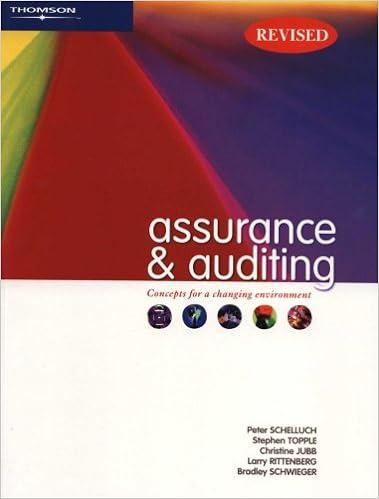Question
Cost-Volume-Profit Pricing and Standard Cost Variances Bramlett Company has several divisions and just built a new plant with a capacity of 20,000 units of a
Cost-Volume-Profit Pricing and Standard Cost Variances Bramlett Company has several divisions and just built a new plant with a capacity of 20,000 units of a new product. A standard costing system has been introduced to aid in evaluating managers performance and for establishing a selling price for the new product. At the present time, Bramlett faces no competitors in this product market, and managers priced it at standard variable and fixed manufacturing cost, plus 60% mark-up. Managers hope this price will be maintained for several years. During the first year of operations, 1,000 units per month will be produced. During the second year, production is estimated to be 1,500 units per month. In the first month of operations, employees were learning the processes, so direct labour hours were estimated to be 20% greater than the standard hours allowed per unit. In subsequent months, employees were expected to meet the direct labour hours standards. Experience in other plants and with similar products led managers to believe that variable manufacturing costs would vary in proportion to actual direct labour dollars. For the first several years, only one product will be manufactured in the new plant. Fixed overhead costs of the new plant per year are expected to be $1,920,000, incurred evenly throughout the year. The standard variable manufacturing cost (after the break-in period) per unit of product has been set as follows: Direct materials (4 pieces @ $20 per piece) $80 Direct labour (10 hours @ $25 per hour) 250 Variable overhead (50% of direct labour cost) 125 Total $455 At the end of the first month of operations, the actual costs incurred to make 950 units of product were as follows: Direct materials (3,850 pieces @ $19.80) $76,230 Direct labour (12,000 hours @ $26) 312,000 Variable overhead 160,250 Fixed overhead 172,220 Bramlett managers want to compare actual costs to standard to analyze and investigate variances and take any corrective action. REQUIRED
A. What selling price should Bramlett set for the new product according to the new pricing policy? Explain.
B. Using long-term standard costs, compute all direct labour and manufacturing overhead variances.
C. Is it reasonable to use long-term standard costs to calculate variances for the first month of operations? Why or why not?
D. Revise the variance calculations in Part B, using the expected costs during the first month of operations as the standard costs.
E. Provide at least two possible explanations for each of the following variances: 1. Direct labour price variance 2. Direct labour efficiency variance 3. Variable overhead spending variance 4. Fixed overhead spending variance
Step by Step Solution
There are 3 Steps involved in it
Step: 1

Get Instant Access to Expert-Tailored Solutions
See step-by-step solutions with expert insights and AI powered tools for academic success
Step: 2

Step: 3

Ace Your Homework with AI
Get the answers you need in no time with our AI-driven, step-by-step assistance
Get Started


